Description
|
Model:
|
LWF-300-01A
|
Wind Speed:
|
13m/s
|
|
Rated Voltage:
|
220V
|
Air Volume:
|
17m³/s
|
|
Rated Power:
|
300W
|
Speed:
|
1280r/min
|
|
Rated Frequency:
|
50Hz
|
Noise:
|
62dB(A)
|
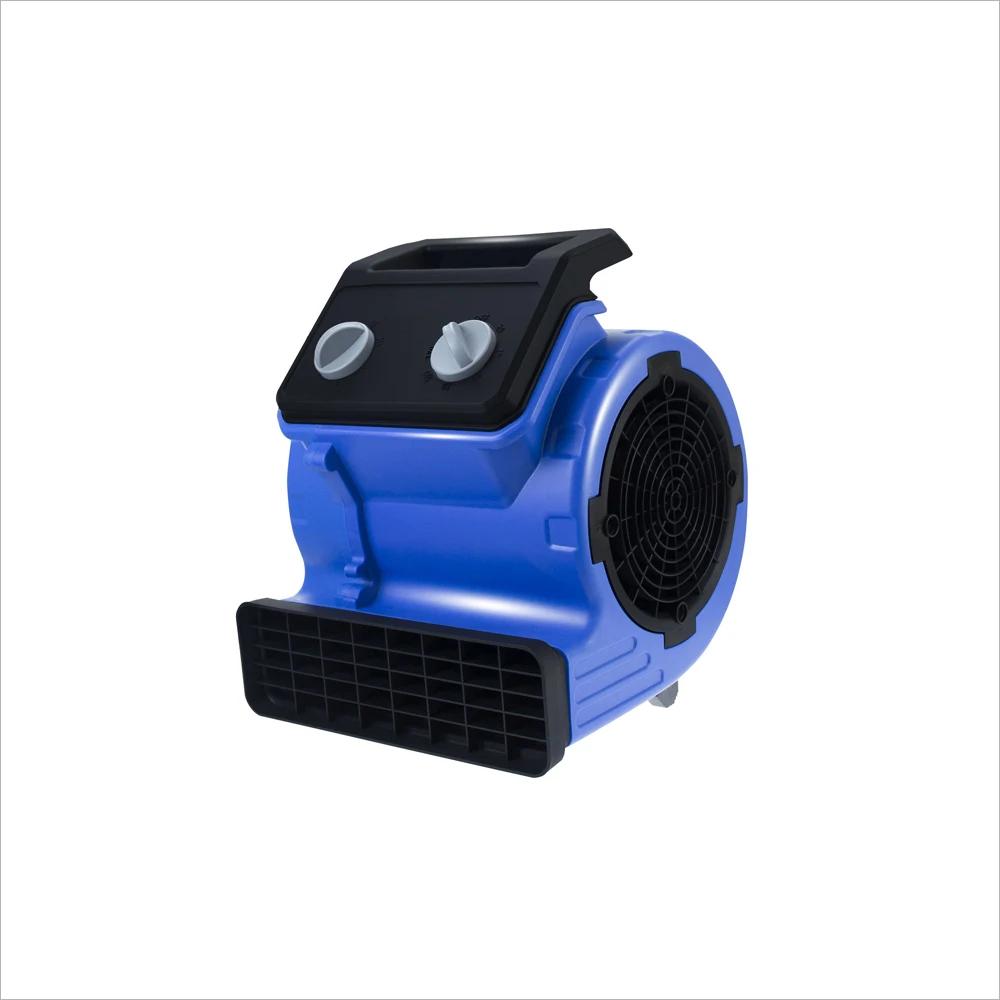
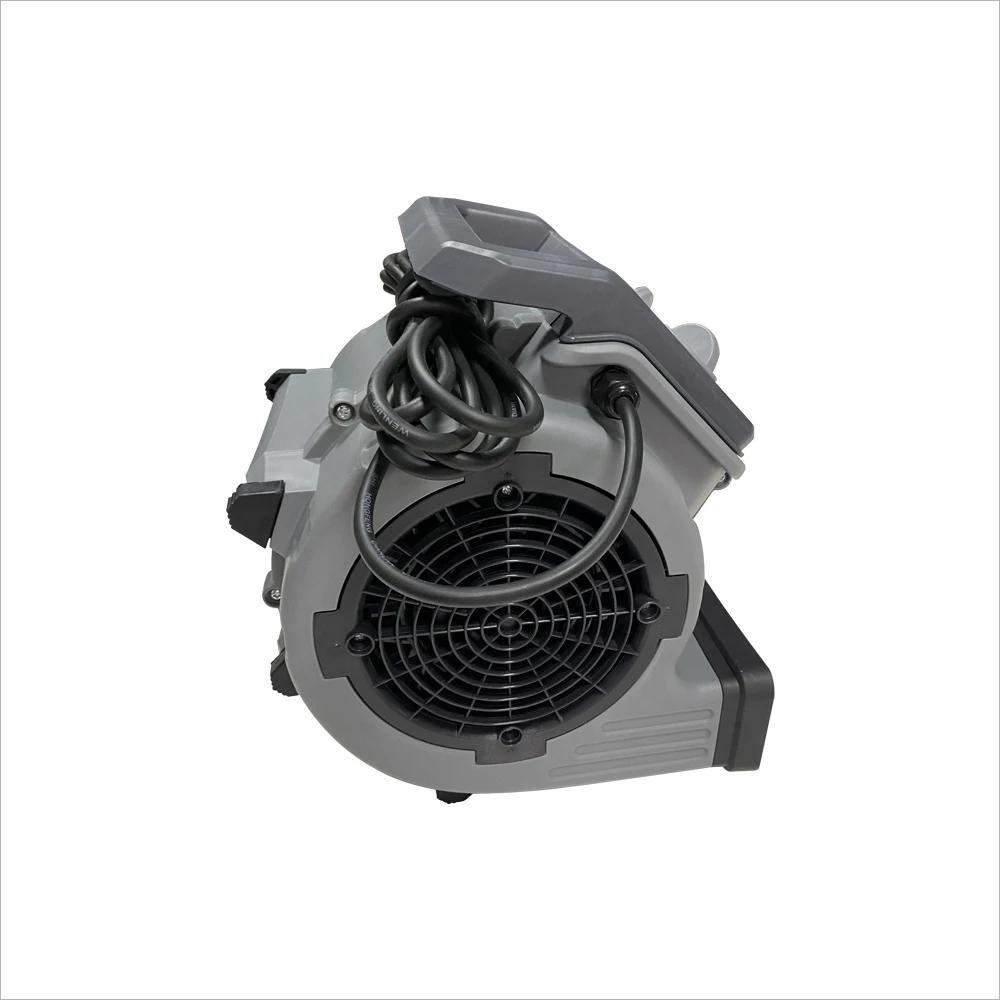
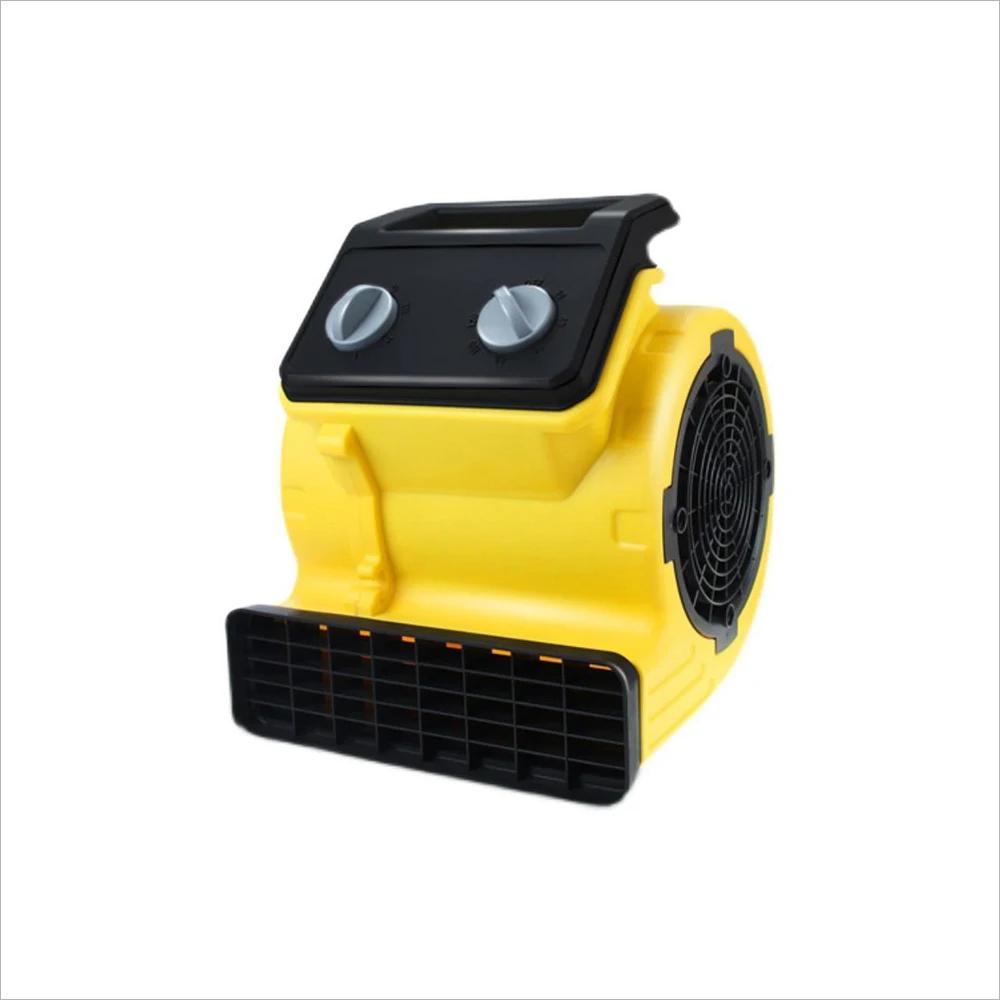
Product Characteristic
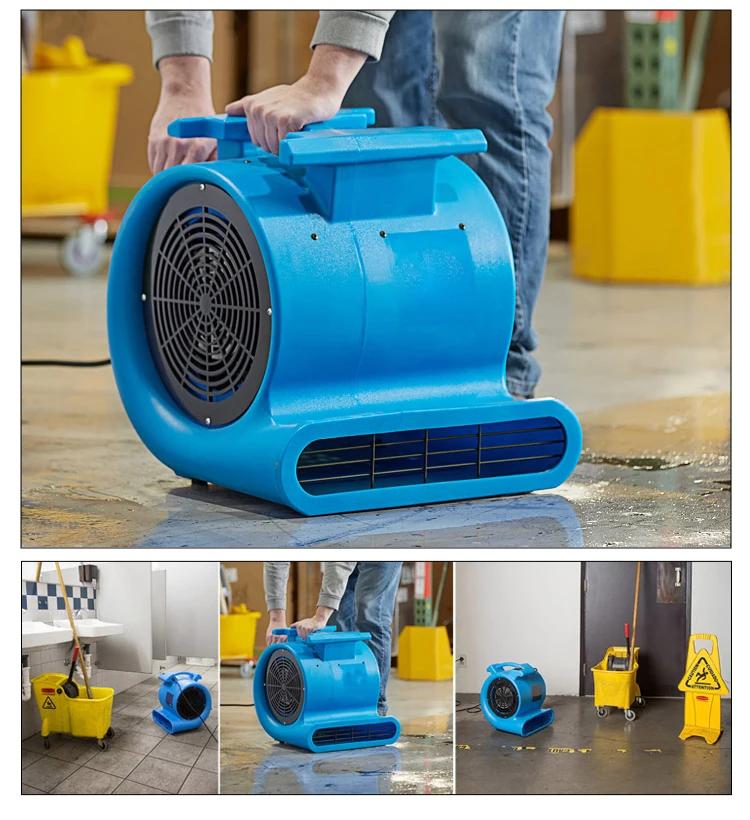
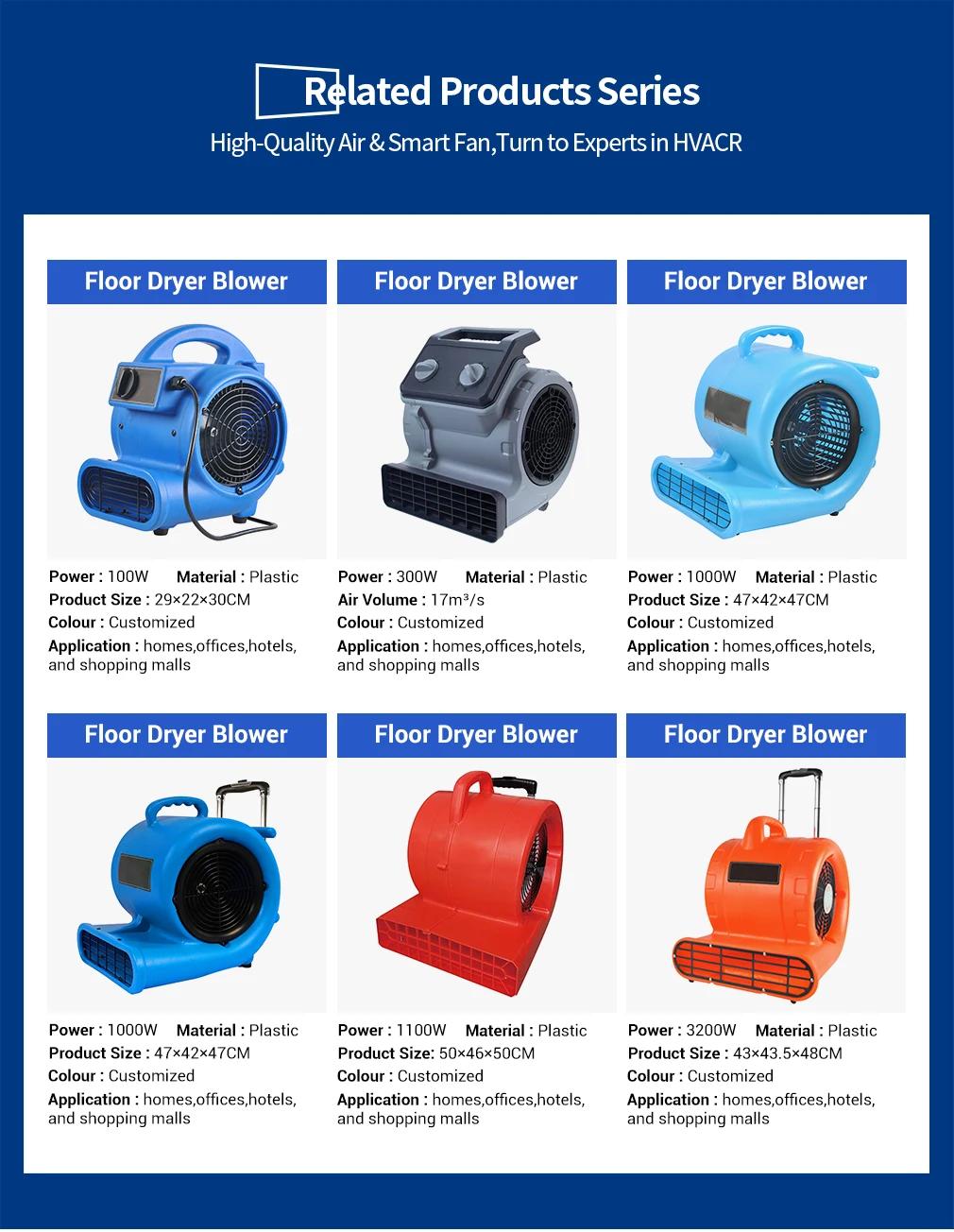

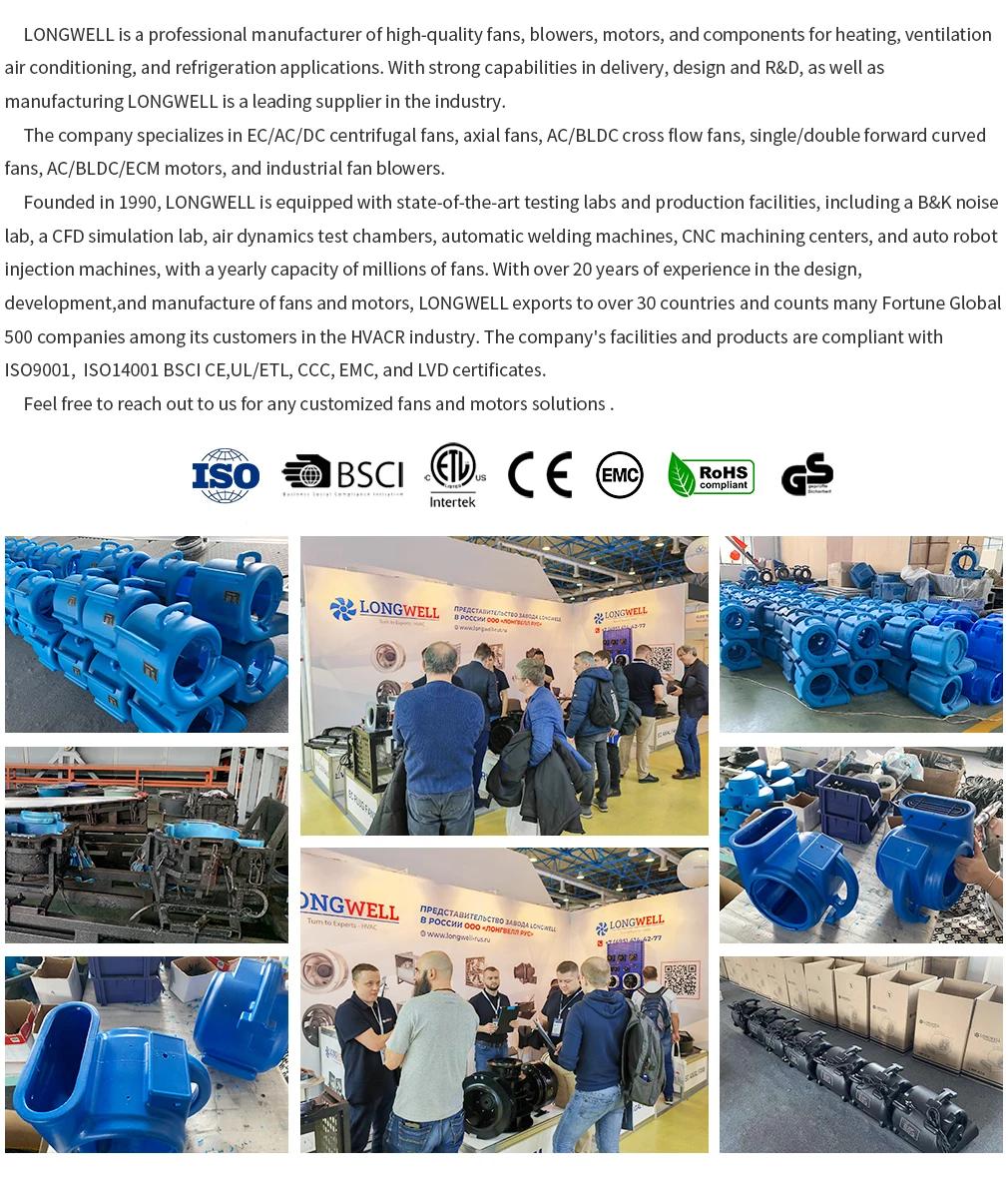
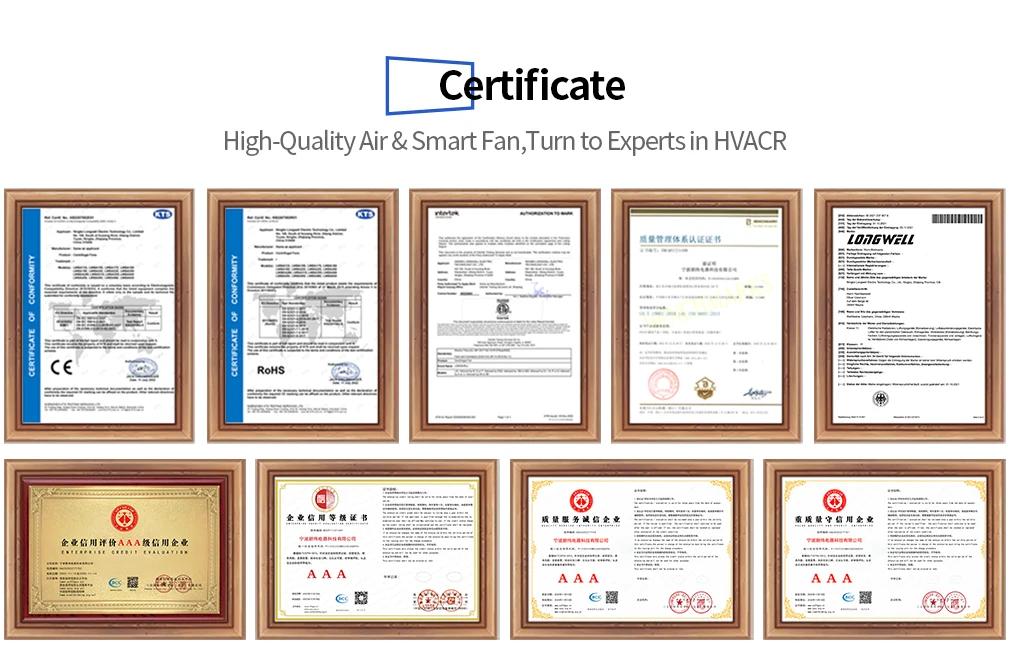

* A floor drying fan is a device designed to speed up the drying process of wet floors after cleaning or mopping.
2. How does a floor drying fan work?
* It works by circulating air over the wet surface, which accelerates evaporation and dries the floor more quickly than natural air drying.
3. What surfaces can a floor drying fan be used on?
* Floor drying fans are suitable for a variety of surfaces, including concrete, tile, linoleum, and hardwood floors.
4. How long does it take to dry a floor with a floor drying fan?
* The drying time depends on the size of the area, the humidity level, and the fan’s power, typically ranging from a few minutes to an hour.
5. Is it safe to use a floor drying fan on wet electrical outlets or switches?
* No, it’s important to keep the fan away from any wet electrical outlets or switches to avoid any risk of electrical shock.
6. How loud are floor drying fans?
* The noise level varies by model, but many are designed to be relatively quiet to avoid disturbing the environment.
7. Can a floor drying fan be used for other purposes besides drying floors?
* Yes, some models can also be used for drying walls, ceilings, or even clothes.
8. What are the energy consumption considerations for a floor drying fan?
* Floor drying fans are generally energy-efficient and consume less power than traditional heaters used for drying.
9. How do I maintain a floor drying fan?
* Regular cleaning of the fan blades and filter, as well as checking for any signs of wear and tear, will ensure optimal performance.
10. What safety features should I look for in a floor drying fan?
* Look for features such as automatic shut-off in case of overheating, a sturdy base to prevent tipping, and possibly a timer function.
11. Can a floor drying fan be used outdoors?
* Some models are designed for indoor use only, while others may be suitable for outdoor use. Check the manufacturer’s guidelines.
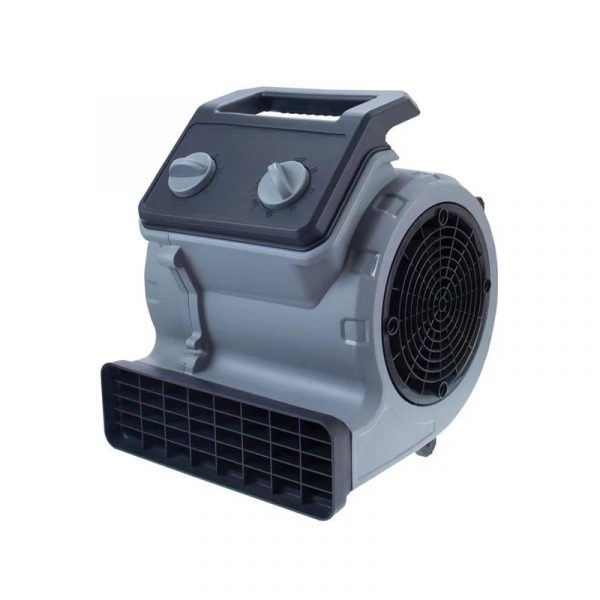
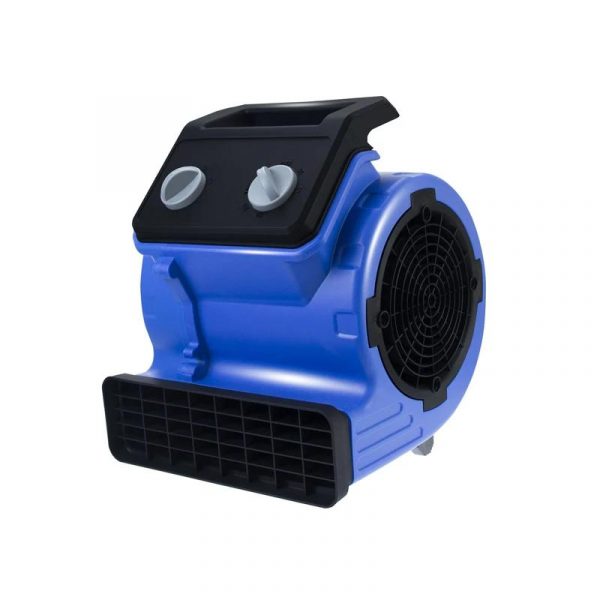
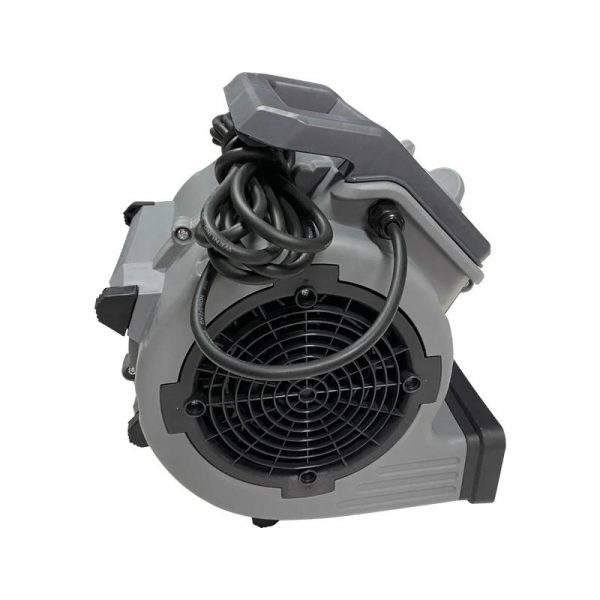
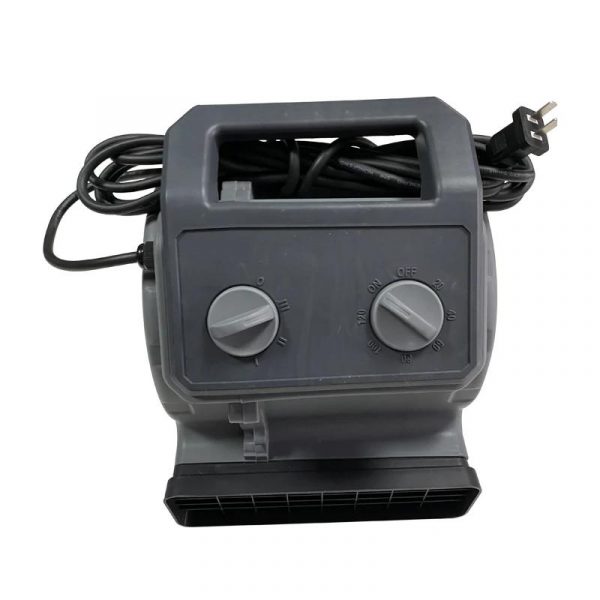
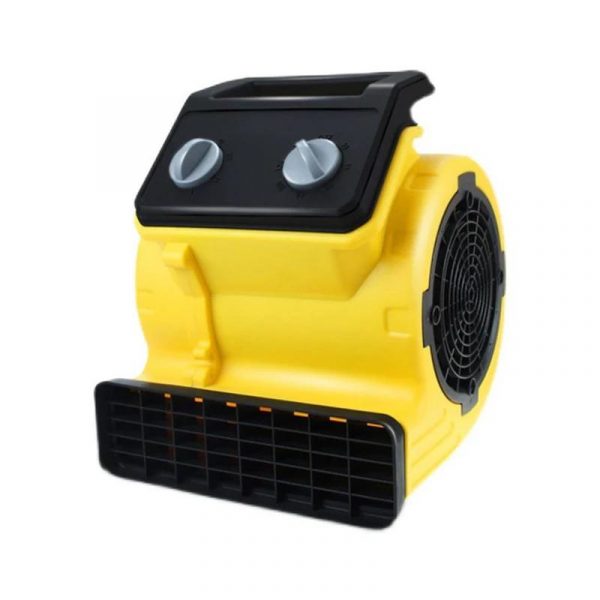
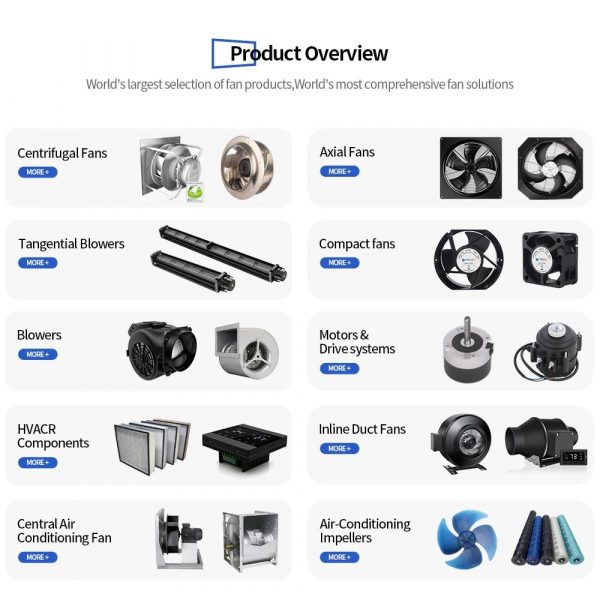
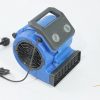
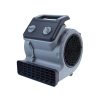
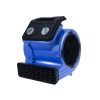
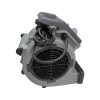
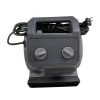
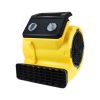
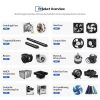
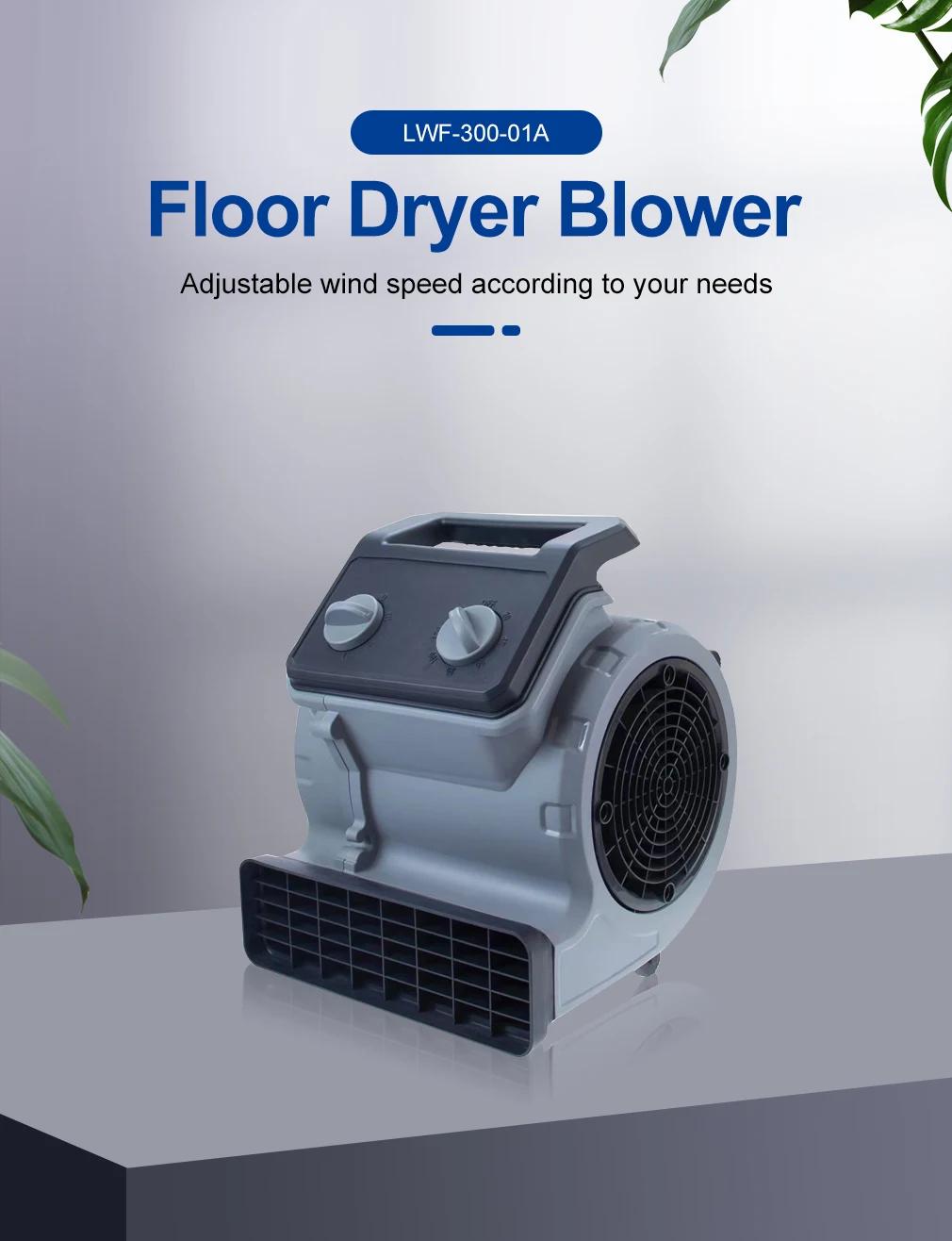
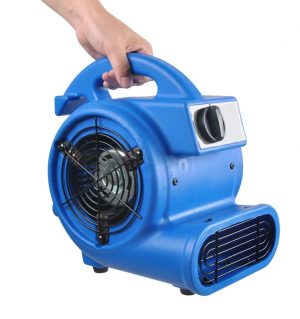
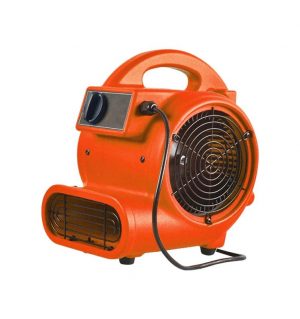


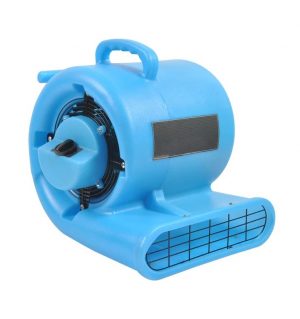

Reviews
There are no reviews yet.